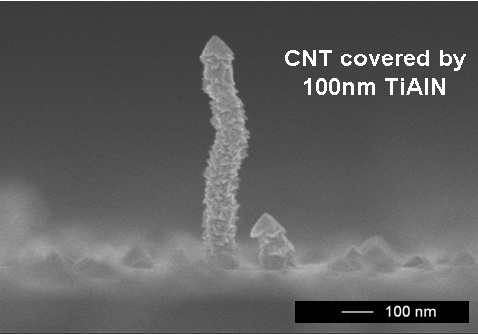

X-ray Photoelectron Spectroscopy (XPS), also known as Electron Spectroscopy for Chemical Analysis (ESCA), is a widely used surface analysis technique because of its relative simplicity in use and data interpretation. The sample is irradiated with mono-energetic X-rays causing photoelectrons to be emitted from the sample surface. An electron energy analyzer determines the binding energy of the photoelectrons. From the binding energy and intensity of a photoelectron peak, the elemental identity, chemical state, and quantity of an element are determined.
The information XPS provides about surface layers or thin film structures is of value in many industrial applications including: polymer surface modification, catalysis, corrosion, adhesion, semiconductor and dielectric materials, electronics packaging, magnetic media, and thin film coatings used in a number of industries.
The main research interests include general surface physics, determination of the electronic structure of condensed matter, deposition and characterization of metal nanoparticles and thin film technology. A specific project is the determination of the growth mechanism of nanotubes (CNT) grown by chemical vapour deposition (CVD), and the study of the electronic structure of CNTs and embedded them in a film.
